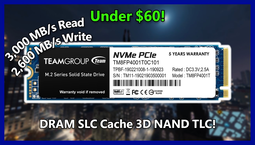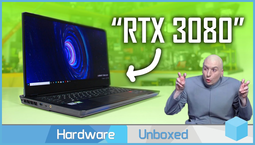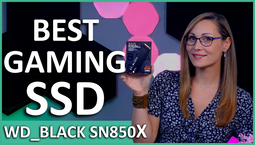Avoiding Fake Discounts on PC Gaming Deals
As Amazon Prime Day approaches, the prevalence of fake discounts on PC gaming deals is a growing concern. For those familiar with the world of deal hunting, this trend is disheartening. However, there are ways to protect yourself and avoid falling for these deceptive tactics.
It is important to clarify that we are not referring to legitimate price drops, as those can indeed lead to savings. Instead, we are focusing on sellers who manipulate a product's original pre-sale price to make their discounts appear more appealing.
These sellers may inflate the discount price, making it seem like a great deal while actually charging more. This deceptive practice can mislead consumers into thinking they are saving money when, in reality, they are not. It is a cunning trick that can leave people feeling deceived.
If your goal is to save money on PC gaming hardware during Amazon Prime Day, it is crucial to know how to identify fake discounts. Fortunately, there are methods to avoid being deceived, and it all starts with learning how to check if a price has been inflated.
Spotting Fake Amazon Prime Day Deals
The first step is to determine the official recommended retail price (RRP) of the product you intend to purchase. You can find the RRP in product reviews or other reliable sources. Once you have the RRP, compare it with the retailer's reference price and consider the age of the product.
If a product has been replaced by a newer, cheaper version, its RRP may no longer be justified. For example, let's consider an MSI laptop featuring an Nvidia RTX 3060 and Intel Core i5 10500H. It might be advertised with a discount of $1,160, but the truth is that the original price of $2,000 was unrealistic, as a similar model with an RTX 3060 is available for $1,000.
Aside from RRP concerns, SSD pricing is another area to be cautious about. Let's take a 4TB WD Black SN850X as an example, listed with a $400 discount. However, it is essential to know that this SSD has not been sold for $600 since last year.
In some cases, sellers may even manipulate prices to create a false impression. Fortunately, you can verify this for yourself by using tools like the Chrome extension Keepa or the price checker CamelCamelCamel. Keepa displays a graph on Amazon pages, comparing the current price with previous months. CamelCamelCamel provides a comprehensive pricing history for products on Amazon, including third-party prices. Additionally, browsing through Prime Day deals hubs can save you time and effort.
Now that you have learned how to identify inflated prices, let's examine a few examples to give you an idea of what to expect.
As previously mentioned, the MSI laptop may be advertised with an impressive $1,160 discount, but its RTX 3060-powered sibling is available for $1,000. Therefore, it is reasonable to anticipate the machine selling for around $1,000 on Prime Day.
Another example involves an LG gaming monitor bundled with a 32GB Samsung DDR4 RAM module. Although the model in question is excellent, it is advertised with a $740 discount. However, it has never been sold for more than $800, as its successor is available for $580.
If you are interested in a Samsung M.2 SSD, you will likely encounter various options.














